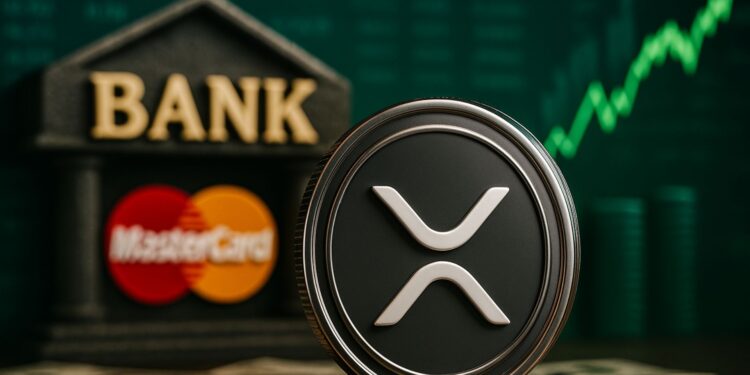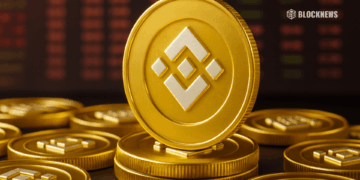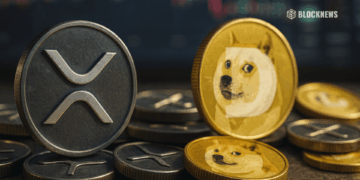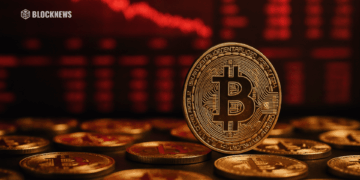- Mastercard, Gemini, Ripple, and WebBank launch XRP-backed debit card on Aug. 25, 2025.
- The card lets users spend XRP like cash, converting instantly at checkout.
- Real-world adoption could spark genuine demand, fueling XRP’s next big rally.
The idea of buying your morning coffee with crypto once felt like a wild dream. But come August 25, 2025, it’s about to become reality—and the coin making it happen isn’t Bitcoin or Ethereum, but XRP. After years of courtroom drama and skeptics writing it off, XRP is stepping right into the spotlight through a partnership with Mastercard, Gemini, Ripple, and WebBank. Backed by $75 million, this isn’t just another experiment—it’s a loud statement: crypto payments are finally ready for the real world.
Why This Partnership Is Huge for XRP
The timing couldn’t be better. XRP has been searching for its next big catalyst, and suddenly Mastercard—one of the biggest names in payments—drops a bombshell. Instead of just trading XRP on exchanges, holders could soon use it at grocery stores, restaurants, or even your local corner shop. Social media is buzzing, and traders like WayneTechSPFX are calling this the breakthrough XRP has been waiting for. Mastercard’s global reach adds a level of credibility that few other partnerships can match—this isn’t hype, this is infrastructure.
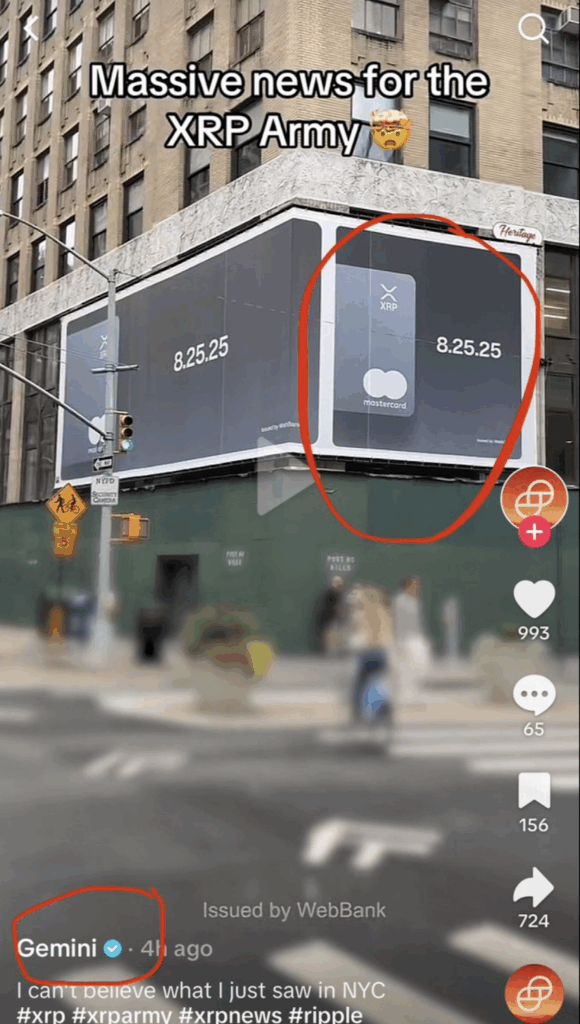
How the XRP Debit Card Will Work
The beauty lies in simplicity. Swipe or tap your card, and your XRP instantly converts into whatever currency the merchant needs—dollars, euros, yen—without you doing a thing. No fiddling with wallets at checkout, no confused cashiers, no waiting on blockchain confirmations. Behind the scenes, WebBank manages the banking side while Gemini provides custody, blending traditional security with crypto’s flexibility. For users, it just feels like using any other debit card—except it’s powered by XRP.
What This Could Mean for XRP’s Price
The crypto market loves real-world utility stories, and this is as real as it gets. We’ve seen before—like when PayPal started accepting Bitcoin—that genuine usage can trigger shifts bigger than any speculative rally. If people actually adopt this XRP card, demand could start rising organically: more transactions, deeper liquidity, and steady upward price pressure. And with $75 million in backing, this isn’t just a flashy pilot program; it’s designed for scale.
Why It Matters for the Bigger Picture
This is bigger than just XRP’s price action—it’s proof that crypto can finally slot into the existing financial system instead of sitting outside it. For years, digital assets were talked about as revolutionary, but most folks only saw them as speculative bets. A Mastercard-backed debit card flips that script, showing the world that crypto can be money, not just an investment. And if this launch succeeds, expect rivals to jump in fast. The race to become the most spendable cryptocurrency just kicked off, and XRP has the early lead.


